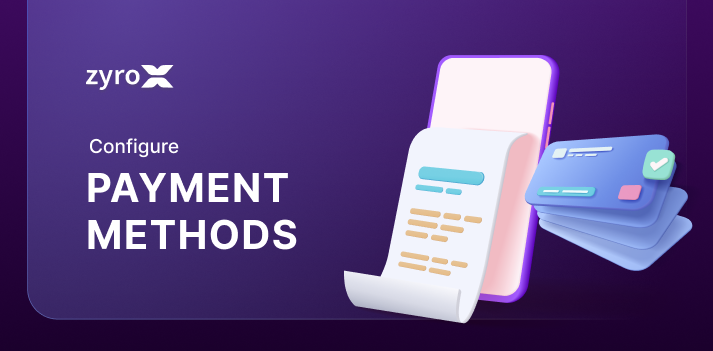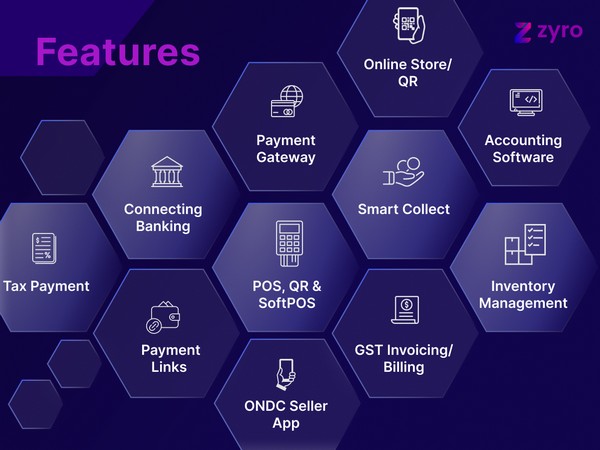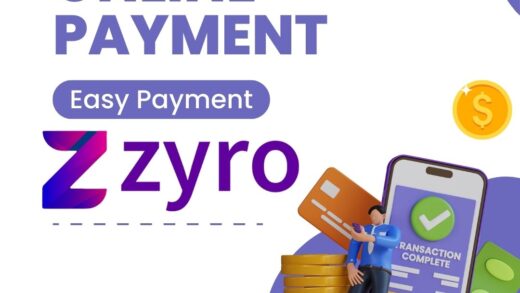Due to advancements in technology, it has never been simpler to launch an online business. Shipping firms make it feasible for merchandise to reach any global location in a flash. Web hosting services teach even the uninitiated how to create the website of their dreams. Learn how to make your online shop by following the instructions below.
Choose your concept or product.
Before you can begin to construct an ecommerce business, you must have something to sell. It is crucial to approach your online shop with a distinct selling perspective. What characteristics of your product will distinguish it from the competition? You’d instead offer items you’re enthusiastic about, but you don’t want your firm to be lost in the vastness of the Internet.
Consider the following questions while determining the nature of your items.
- Are you planning to sell authentic goods or digital products?
- Can you meet the demand if you’re producing it yourself?
- Are you able to discover a reputable component or product manufacturer?
- If you sell many items, do you have the necessary storage space?
- How restricted or expansive will your product category be?
- Is this a product that you will continue to enjoy in the future?
Ensure you thoroughly investigate and evaluate your company idea before investing any money in your internet venture. Don’t be afraid to bounce the concept off of a few friends or other individuals who will provide objective input.
- Develop a business plan
As you go through the intricacies of your shop, you’ll need to create a business model that includes the charges that may arise along the route. A strong company plan goes a long way in mitigating future obstacles.
- Register Your Business
Check whether there are business or sales tax licenses in the state (or nation) you’re establishing your firm. When it comes to e-commerce companies and the storage of goods, regional legislation might vary significantly.
Whether you introduce a never-before-seen product to the Internet, you must determine if anything is patentable. Do not let your brilliant invention be stolen because you did not take the time to secure it.
Whether you’re going into the company alone or with a partner, you’ll need to determine your business structure. In contrast, a limited liability corporation (LLC) allows you to keep your business and personal assets distinct.
For two people beginning a company together, partnerships are formed. Each of your tasks and obligations will be specified in a partnership agreement. Consider enlisting the aid of a company attorney if you find this procedure overwhelming.
- Assess the Expenses
Your product must originate from some location. Even if you create the item yourself, there will be material charges.
Dropshipping or shipping (if you do not pass expenses on to the customer).
- Domain suffix.
- A platform for web hosting
- The sales tax and income tax.

Expenses for further assistance
After selecting a shipment option, there may be fees for a dropshipper or immediate shipping if you do not pass these expenses on to the customer.
The maintenance of your domain name and hosting platform will incur regular costs. These expenses depend on the site builder or web host package you pick.
You will be required to pay sales tax and income tax quarterly on incoming and outgoing items. Some tools may assist you in comprehending these costs and keeping you informed of what you’ll have to spend when the time arrives.
When you put your firm online, you may be a one-person operation, but this may not always be the case. If you decide to recruit more staff, you will also need to allocate funds for that.
- Select A Unique Name
After determining the specifics of what your online business will offer, you must construct the ecommerce website itself. To do this, you will need to establish an online company name. Ensure that it is memorable and distinct so that consumers will remember it the next time they are in the market for your goods.
After establishing a company name, you will need a domain name for your ecommerce website. This domain name is your website’s unique identifier and must be distinct from all other websites on the Internet. Select an item that complements your name and brand.
Since domain names have to be unique, your initial pick may not be available. If this occurs, consider using hyphens, rearranging words, or writing out numerals. Use as few words as possible, preferably no more than three.
- Select an online platform
You will need a web hosting provider and a domain name to convert your domain into a new online shop. Some of the most excellent Ecommerce systems provide a domain name with your package, but you may want to go the DIY way.
Most website builders provide free trials so that you may test them out before purchasing. Examine the characteristics of each platform to decide which is the most excellent fit for your online business since each offers varying service levels. Choose a product or service that can expand along with your company.
- ZyroX
Zyrox is a well-known ecommerce platform that also serves as a shop builder. Once you’ve registered an account, you may choose from pre-built templates or create your own. Take the time to make your Zyrox shop as distinguishable as feasible, given that you’re one of many.
Create Your Website
Your website says volumes to prospective clients, and a thriving online shop will make it as enticing as possible. Give yourself a distinct brand to communicate who you are and what your goods are while enhancing the client experience. Initial impressions are vital and aid in fostering brand loyalty.
Do not instantly shy away from paid templates or from investing the effort to construct (or develop) the website yourself. Any personal touches will go a long way toward creating the distinctive appeal you need to achieve.
Determine your website’s intended audience and focus your efforts on that niche. This target market should be where you are well-versed and can infuse your individuality.
Keep Mobile Users in Mind
There has been a trend of increased purchases coming through mobile devices. Therefore, you shouldn’t ignore this category of consumers. Choose a site builder that supports mobile-responsive sites, which automatically adapts and optimises your site for mobile devices since not all templates and styles will function or look nice on a smartphone or tablet.
Add Items and Set Prices
Having developed a template, it is time to begin creating product pages. When people buy online, they want to be able to quickly find what they’re searching for and then move on. It is essential to keep this in mind when deciding on a plan.
In as few words as possible, your product descriptions should convey the core of what you are offering. You’ll be fortunate if they read more than two paragraphs of material before losing interest. Since shoppers cannot inspect items on a rack or try them on, high-quality images must accompany your succinct description.
To test the proverbial waters at the outset, it may be prudent to begin with, a limited quantity of things. This will also aid in the management of initial stock. You may add a wider variety of products to your website as your business grows.
Configure Payment Methods

Now that the products you’ll be selling have been added to your online company, you’ll need to choose how you’ll receive payments. Set the currency used for each transaction, an often-overlooked step. You don’t want foreign customers to be confused about the price if your e-commerce firm expands internationally.
The earlier-mentioned online shop builders facilitate consumer payments. Depending on the hosting package you choose, you may be able to take payments through bank transfer or check straight from the platform.
Customers generally prefer to make purchases with a credit or debit card; thus, it is crucial to provide this option. You must connect your site to a secure payment gateway to accept credit card payments. These payment gateways offer the required security to conduct credit card payments online.
Consider the following alternatives:
- Stripe.
- Square.
- PayPal.
It is not a terrible idea to provide your consumers access to several payment gateways since they may have a preference. Multiple choices are advantageous in the case that one of the gateways fails. Verify that your chosen gateways are compatible with your hosting platform.
Consider Shipping Options as the seventh step.
If your ecommerce site offers a tangible product, you will need to arrange shipping information to put the item into your clients’ hands. Here, you have a choice between two ways.
Dropshipping
A dropshipping provider may handle all of your shipping for you. These firms will transport your goods for a fee, but they will take a cut of each sale’s proceeds. You may also pick items from a marketplace like AliExpress to sell in your online shop without ever having to hold inventory.
Deliver It Yourself
If you want to handle your delivery, you must be able to meet any requirements. You will also need to establish shipping rates and coordinate with your chosen shipping service to guarantee that things reach the correct place and on time.
Launch-Ready.
Your ecommerce website is on the approach of the launch now that these procedures have been completed. Verify the functionality of all links, product descriptions, and other elements of your website.
Publish your online shop with a single button click. Your website has been launched. You are on the verge of making your first sale.
Create online marketing strategies
You cannot rest on your laurels, regardless matter whether your items are flying off the shelves. It would help if you had a solid marketing plan to maintain current clients and attract new ones.
Marketing using social media
Instagram and Facebook are the most critical paid marketing channels for promoting new firms. Each advertising platform provides low-cost methods for spreading the news about your website. Strategic social media updates may attract attention in no time flat. Additionally, you may sell things via social media.
Provide Rewards.
Customers will inevitably come and go, but you shouldn’t dismiss the potential of your marketing plan. An organised email marketing campaign might remind individuals of what they are missing. By attracting returning customers, spreading the word about daily offers or flash sales will likely increase your website’s customer lifetime value (CLV).
Employ Search Engine Optimization (SEO).
First-time visitors to your website will often utilise search engines such as Google or Bing. Focusing on your site’s SEO may make all the difference between your site and that of a rival, simply because one site is optimised for Google and the other is not.
Allow for Customer Feedback
Customers are the lifeblood of your company. Therefore a sensible business owner will pay attention to what they have to say. Create a way for your customers to provide feedback, such as a survey or a location for customer evaluations. Aspects of your organisation that would have gone unnoticed may be uncovered using helpful recommendations.
Conclusions Regarding How to Create an Online Store
As more individuals turn to the internet for product consumption, e-commerce will continue to expand. Without the requirement for a pricey physical facility, the internet marketplace makes it feasible for novices to sell things successfully.
Creating a successful online shop from your company concept is not a simple endeavour, but it need not be tough. If you’re prepared to put in the effort, the techniques outlined in this article may quickly put you on the road to a successful company.




Recent Comments